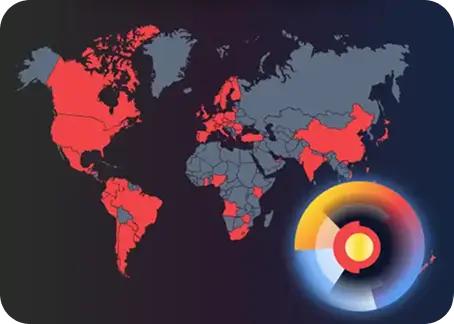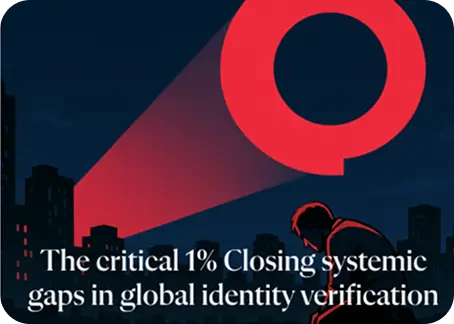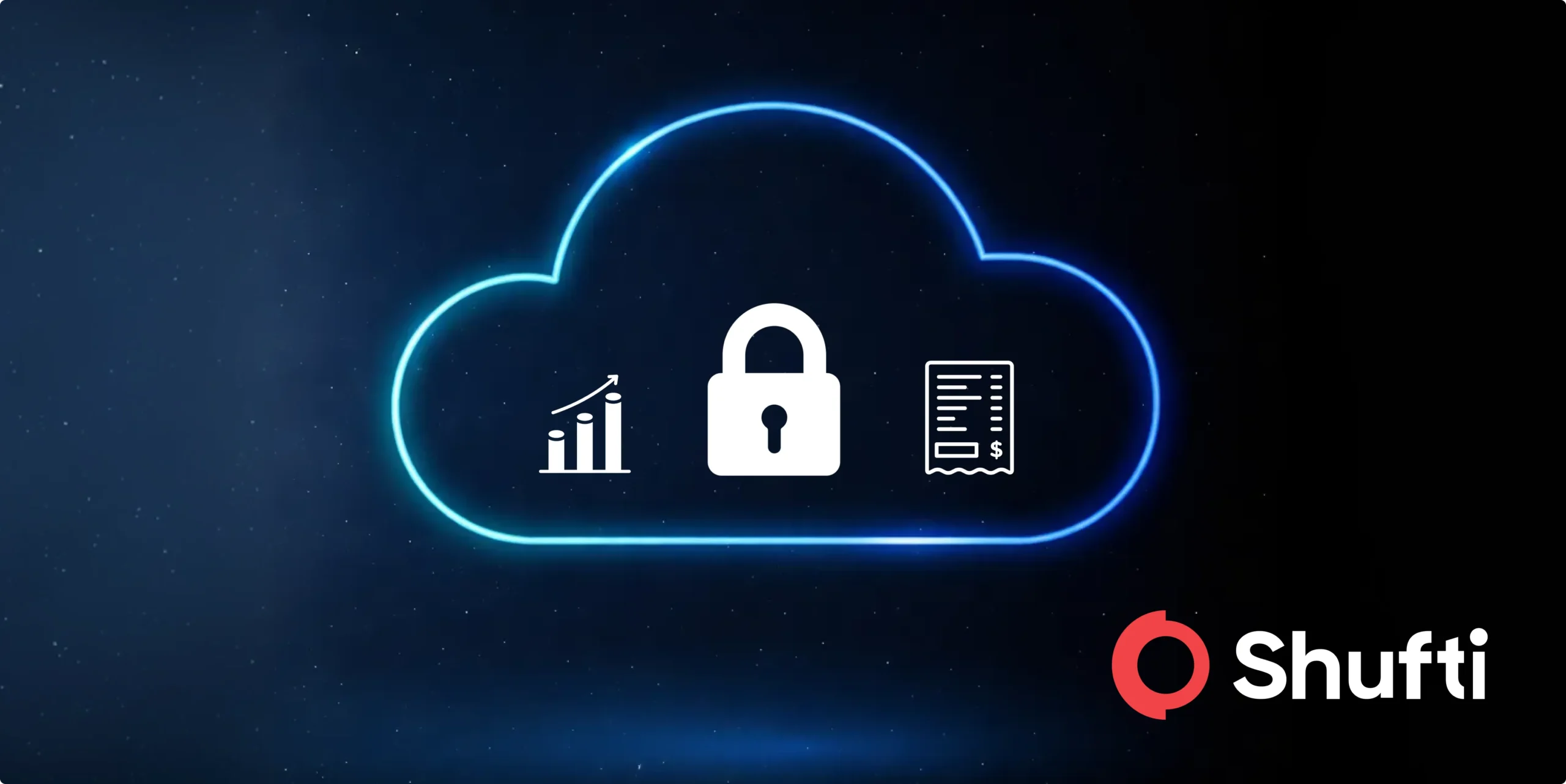Enhanced Due Diligence – How to Identify and Deal with High-Risk Customers

Business relationships always come with associated risks that require carefully implemented measures to deal with. Businesses and financial institutions are obliged by AML/CFT regulations to incorporate customer due diligence in order to comply with international standards. Based on the risk associated with a potential customer, firms have to follow the due diligence procedure that enables them to combat financial crimes like money laundering and terrorist financing.
In order to determine whether their customers are legitimate entities, the compulsory process is customer due diligence, which involves the verification of the customer’s identity. However, this basic process doesn’t remain effective when high-risk entities are involved.
The Need for Enhanced Due Diligence
The most advanced measure to mitigate the risks of financial crime, enhanced due diligence, involves a complex mechanism to run detailed background checks on customers. When a potential customer is assumed to be a high-risk entity, enhanced due diligence can verify their presence in national or global sanctions lists. With KYC/AML requirements from financial regulators becoming more stringent, businesses can rely on robust measures like enhanced due diligence to curb money laundering.
Enhanced due diligence (EDD) generally comprises a sequence of checks that are implemented in potential cases of money laundering and terrorist financing. The process involves requiring detailed and confidential information about the customer and in the case of business entities, the complete information about their ultimate beneficial owners (UBOs). Moreover, the process also requires the potential customer or business to state the reason behind the business relationship and provide proof of previous transactions.
How is EDD Different from CDD
Depending on the risk assessment measures deployed by a company and the most common types of clients it has, the requirement for due diligence varies. That being said, knowing whether a potential customer is a high-risk entity itself requires going through the customer due diligence phase. After their identity is verified, they can be categorised into low, medium, or high-risk entities. Once the enhanced due diligence (EDD) process begins, every detail of the customer is verified, including the origins of their money, the reasons for their transactions, and legitimate records from financial institutions including registration forms.
Unlike customer due diligence (CDD), enhanced due diligence (EDD) asks for additional information from the client’s end, including banking details, and information about previous bank accounts. In the case of businesses, it requires information about the existing and previous board members and ultimate beneficial owners (UBOs). Only those companies that employ strategic risk assessment measures can determine when to apply enhanced due diligence. In case a company misunderstands a scenario, there are can legal complications. Ideally, the enhanced due diligence process is mandatory when a business or entity applies for a new service or product, varying on the type of the service or product. It is also important to conduct EDD when the company sees an increase in the red flags of risk in an ongoing business relationship.
In addition to that, the presence of the potential customer or business entity is checked for in the list of politically exposed persons (PEPs). The family, friends, or business partners are also identified in the PEP lists. In case the customer is a wealthy politician or a Russian oligarch, enhanced due diligence can find out about their involvement in money laundering and corruption cases. It’s not just the nature of work or the connections with political parties that are red flags of high-risk entities, but also the customers belonging to high-risk jurisdictions or those that are under the supervision of the Financial Action Task Force (FATF). Clients and businesses that have links to the arms trade and gambling sectors are a definite red flag as they are constantly on the lookout for opportunities to launder the proceeds of crime.
The Importance of Enhanced Due Diligence
Even in the ideal cases, businesses and financial institutions are unable to identify all types of high-risk entities. This is because the typical examples of high-risk customers mentioned above are the easy ones – the real problem is identifying those with no obvious connections to political entities or high-risk jurisdictions. These customers, or in fact, criminals, need to be assessed carefully for smaller indicators of risk. In simple terms, the application of enhanced due diligence becomes essential to avoid being part of high-risk money laundering cases that lead companies into trouble.
In 2019, the U.S. Securities and Exchange Commission issued an order accusing Credit Suisse Group AG of involvement in fraud and violation of AML controls. According to Bloomberg, Credit Suisse had to pay a total of $475 million to the SEC, the U.S. Department of Justice, and the U.K. Financial Conduct Authority as compensation. This case in particular demonstrates the importance of verifying the backgrounds of customers in financial firms to avoid assisting criminals in their illicit motives.
Suggested read: FCA Declares £147m Fine on Credit Suisse for Due Diligence Failings
Identifying the Risk Factors for Financial Institutions
As a preventive measure, businesses and financial institutions are required to analyse the risks associated with each customer and are required to report in case they come across suspicious transactions. Generally, there are 3 types of risk factors – those that arise from the customer’s side, those from areas or jurisdictions, and those from products and services. Customer risk indicators include cash-based businesses, links to PEPs, and foreign customers. Similarly, geographical risk factors arise when the business or entity is based in a location that is considered high-risk or is under supervision.
Products and services bring about the risks related to terms and conditions as well as transactions that are linked to illicit activities. Businesses need to assess risks in terms of transparency, complexity, and the type of product or services being offered. In case a transaction is linked to multiple entities from more than 1 jurisdiction, implementing enhanced due diligence is most important.
Key Takeaways
To sum it up, enhanced due diligence is the key to tackling high-risk customers and financial crimes. The process requires all major and minor details of the transaction to ensure accurate verification. Enhanced due diligence has numerous other benefits apart from robust identity verification checks. It makes businesses credible to other business entities and customers.
Shufti’s KYC and AML screening ensures that all the high-risk customers are identified on time so that you can keep your business secure. Furthermore, our KYC services are specially designed to streamline the customer onboarding process.
For more information about enhanced due diligence for businesses, get in touch.










